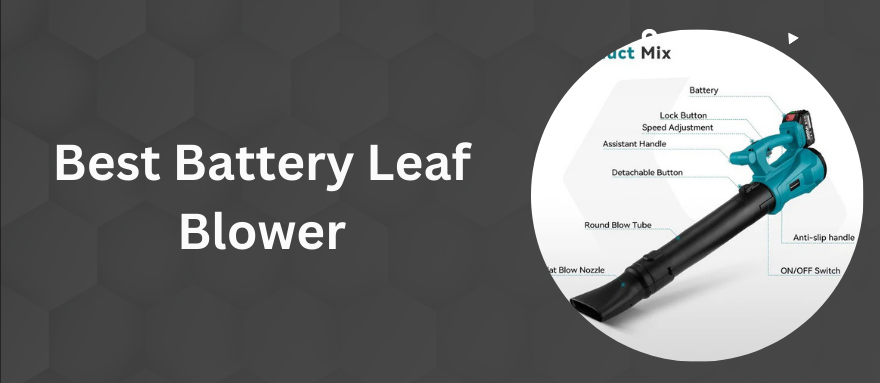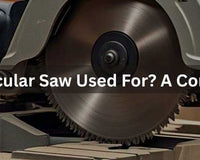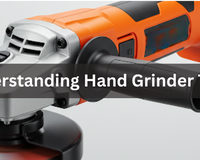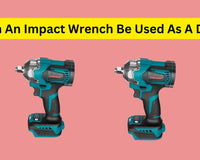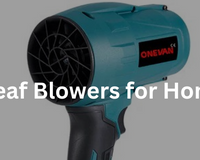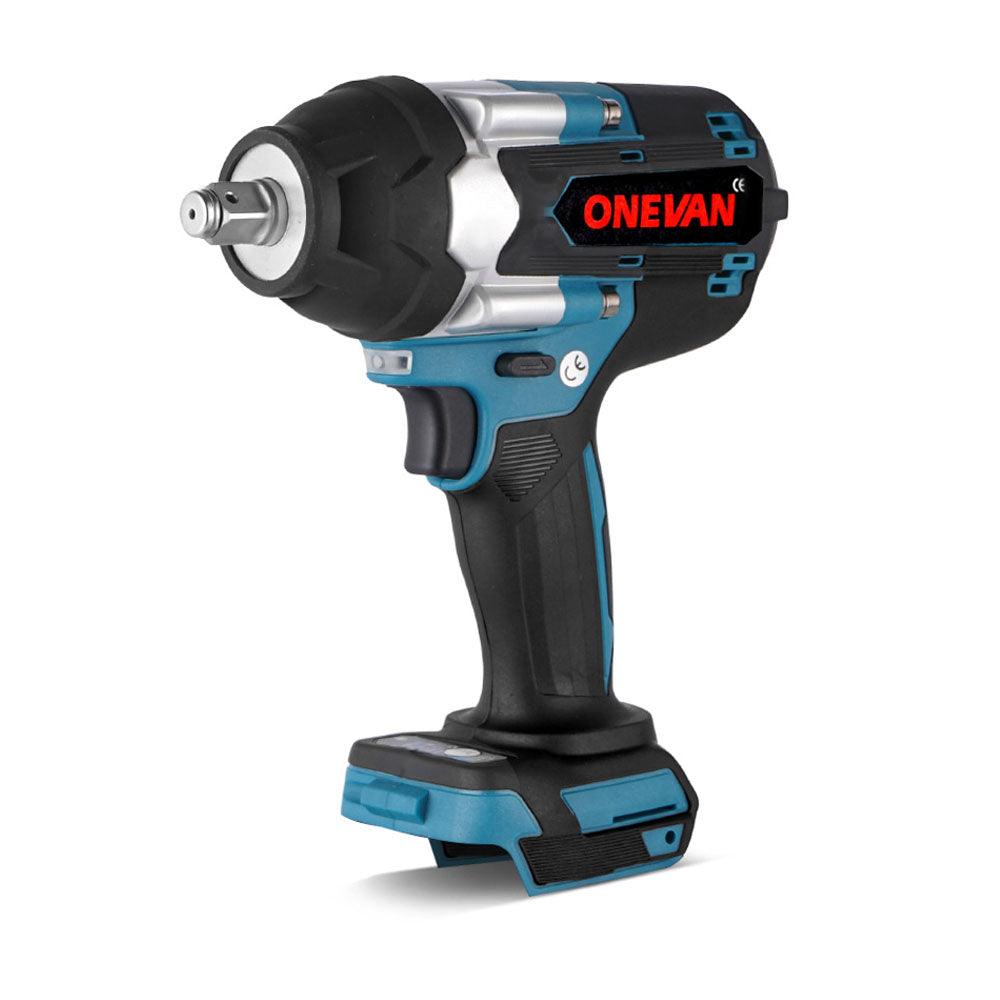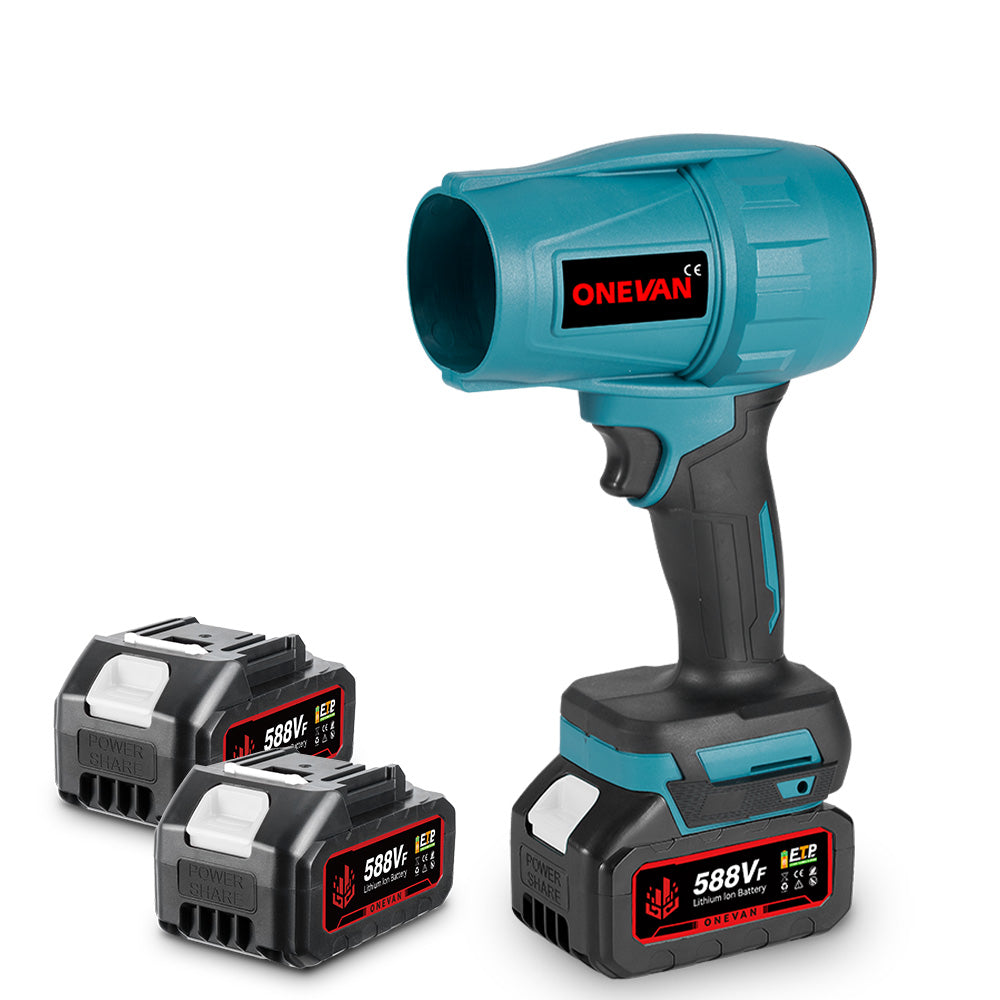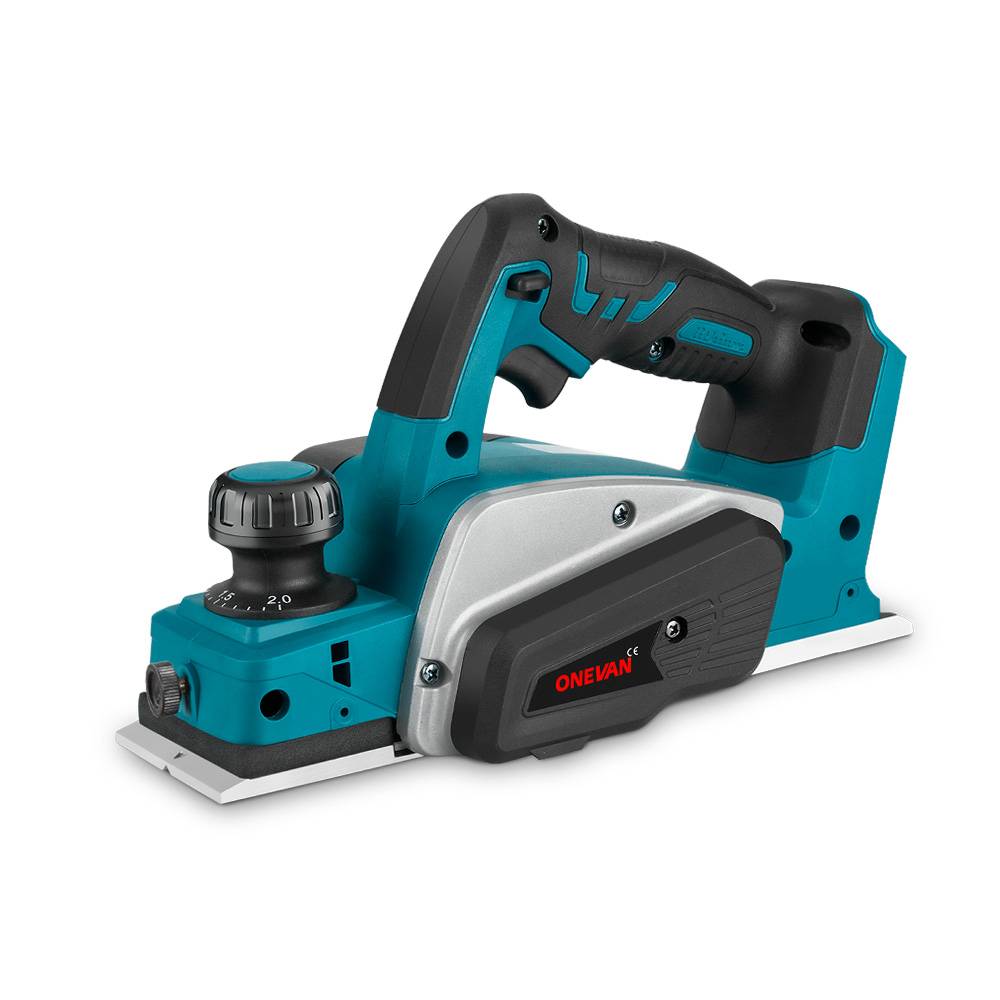Hay muchas maneras de quitar las hojas del césped, pero la más rápida, silenciosa y limpia es usar un soplador de hojas inalámbrico. Simplemente inserte la batería y apriete el gatillo. No tenemos nada en contra de usar un rastrillo: son silenciosos y le brindan un excelente ejercicio. Pero incluso en este caso, los sopladores de hojas a batería están alcanzando a algunos modelos de gasolina. Por eso, nuestro equipo investigó y probó los sopladores de hojas inalámbricos más eficientes disponibles. Las mejores opciones inalámbricas ofrecen la comodidad de la batería, lo que facilita el trabajo en el jardín.
1. Cómo elegir el soplador de hojas inalámbrico adecuado según sus necesidades
Duración de la batería y tiempo de carga
La duración de la batería es un factor crucial al comprar un soplador de hojas inalámbrico. Una batería de larga duración permite trabajar durante más tiempo sin tener que recargarla con frecuencia. Una carga rápida es crucial para minimizar el tiempo de inactividad. Esta consideración es crucial si tiene que limpiar un área extensa. Otro factor crucial es el tiempo de carga de la batería: es molesto no poder trabajar por estar descargada, por lo que es importante que se recargue rápidamente.
Peso y ergonomía
Otra consideración importante es el peso total del dispositivo, ya que los sopladores más ligeros son más accesibles y cómodos. Esto es vital si planea realizar una limpieza prolongada. Además del peso, también debe considerar la ergonomía del equipo para que la tarea sea lo más cómoda posible. Un agarre relajado y un buen equilibrio del equipo también ayudan a reducir la fatiga, especialmente si tiene que limpiar durante un tiempo prolongado.
Velocidad y volumen del aire
Estas son especificaciones cruciales para un soplador de hojas. La velocidad del aire se refiere a la rapidez con la que el aire sale del soplador y es crucial para mover residuos más pesados. El volumen de aire mide la cantidad de aire que el soplador puede mover y es esencial para limpiar áreas extensas de residuos ligeros como hojas y césped.
Nivel de ruido y vibración
Al elegir un soplador de hojas inalámbrico, tenga en cuenta su nivel de ruido y vibración. Los sopladores ruidosos pueden ser molestos, especialmente en zonas residenciales, y la vibración excesiva puede causar fatiga e incomodidad al usuario durante un uso prolongado. Busque modelos diseñados con funciones de reducción de ruido y mangos ergonómicos para minimizar la vibración.
Relación precio-rendimiento
Por último, considere el precio. A veces, el modelo más económico no es el mejor, ya que gastar más dinero puede resultar en un dispositivo que dure más y mejor.
2. Los mejores sopladores de hojas inalámbricos para diferentes usuarios

Para ayudarte a elegir el mejor soplador de hojas inalámbrico, hemos clasificado nuestras mejores opciones según las diferentes necesidades de cada usuario. Desde potentes modelos de gama comercial hasta opciones ligeras y fáciles de usar, tenemos lo que necesitas. Considera factores como la duración de la batería, el volumen de aire y el nivel de ruido.
1. Para el jardinero casero
Si tienes un jardín de tamaño pequeño a mediano y estás buscando herramientas eléctricas versátiles para mantener tu jardín ordenado, esta categoría es para ti.
Producto recomendado: Soplador inalámbrico plegable de mano 2 en 1 ONEVAN
Por qué es ideal:
Cualquier jardinero necesita este soplador de aire adaptable. Perfecto para limpiar hojas, basura y otros desechos del jardín, su doble función le permite usarlo como soplador o aspiradora. Su potente motor garantiza una limpieza eficaz con una gran potencia de succión y soplado. Su diseño ergonómico permite un uso prolongado y su ángulo ajustable le permite controlar el flujo de aire para adaptarse a diferentes tareas.
Características principales:
- Potente motor de 3500 W
- Ajuste de 3 velocidades .
- Diseño ligero
- Rotaciones de 0 a 180°.
2. Para el limpiador profesional
Producto recomendado: Soplador de viento sin escobillas turboalimentado ONEVAN
Por qué es ideal:
Los limpiadores profesionales que buscan sopladores de batería confiables y eficaces encontrarán en este potente soplador la solución perfecta. Desde limpiar basura hasta secar superficies, su motor turboalimentado es perfecto para diversos usos gracias a su increíble velocidad de viento. Su peso ligero facilita su manejo, lo que ayuda a reducir el cansancio durante largas jornadas de trabajo. Además, está diseñado para durar, garantizando fiabilidad y rendimiento a largo plazo.
Características principales:
- Motor turboalimentado de 1500 W
- velocidad del viento de 200 m/s
- 128000 RPM
- 0,8 kg de peso
3. Para los entusiastas del bricolaje
Producto recomendado: Secador de pelo inalámbrico para jardín ONEVAN
Por qué es ideal:
Cualquiera que disfrute de los proyectos de bricolaje debería tener esta herramienta flexible. Su diseño inalámbrico permite trabajar en cualquier lugar sin necesidad de estar conectado a una toma de corriente. Desde secar superficies hasta acelerar el secado de pinturas y acabados, el robusto motor ofrece suficiente flujo de aire para una amplia gama de trabajos. Su diseño multiusos también le permite aplicarlo para diversos usos, ampliando así su conjunto de herramientas.
Características principales:
- Motor de alta potencia de 4500 W
- modos de 6 velocidades
- velocidad del viento de 150 m/s
- 46000 RPM
4. Para el manitas en general
Producto recomendado: Soplador eléctrico inalámbrico ajustable de 6 velocidades ONEVAN
Por qué es ideal:
Cualquier manitas se beneficiará enormemente de este soplador adaptable. Sus seis velocidades le permiten controlar el flujo de aire según sus necesidades. Su funcionamiento inalámbrico le permite trabajar en cualquier lugar sin estar atado a un enchufe, y su potente motor proporciona suficiente potencia para diversas tareas.
Características principales:
- Motor de 2000 W
- Modo de 6 velocidades
- Operación inalámbrica
5. Para el usuario en todas las estaciones
Producto recomendado: Soplador de nieve/hojas inalámbrico de 5 velocidades ONEVAN
Por qué es ideal:
Este soplador adaptable es ideal para quienes necesitan una herramienta capaz de realizar diversas tareas durante todo el año. Puede aspirar hojas en otoño y nieve en invierno. Sus cinco velocidades le permiten controlar el flujo de aire según sus necesidades. Su bajo nivel de ruido lo hace perfecto para uso doméstico, y su robusta construcción garantiza un rendimiento duradero.
Características principales:
- Motor de 5500 W
- velocidad del viento de 180 m/s
- 46000 RPM
- Volumen de aire de 16 m³/min
3. ¿Cómo utilizar un soplador de hojas a batería de forma eficaz en cada estación?

Uso de un soplador de hojas a batería en primavera
Es mejor usar el soplador de hojas a batería en primavera para limpiar los residuos de principios de temporada, como hojas caídas y ramas pequeñas. Por ejemplo, al limpiar las hojas alrededor de sus delicados rosales, use el soplador en la potencia más baja para evitar dañar las plantas.
Uso de un soplador de hojas a batería en verano
En verano, use su soplador de hojas a batería para eliminar el polvo, los recortes de césped y los residuos ligeros después de cortar el césped. Una velocidad media es ideal para trabajar en parterres o caminos sin alterar el mantillo.
Uso de un soplador de hojas a batería en otoño
El otoño es la temporada ideal para eliminar grandes cantidades de hojas caídas, especialmente las húmedas. Utilice la velocidad alta para manejar una mayor acumulación de hojas.
Uso de un soplador de hojas a batería en invierno
Su soplador de hojas recargable puede usarse en invierno para limpiar la nieve ligera de caminos y carreteras. Al usar el soplador de hojas en invierno, limpie los filtros de aire regularmente para evitar la acumulación de condensación y garantizar un rendimiento óptimo.
Consejos para usar un soplador de hojas a batería en todas las estaciones
- Ajuste las velocidades y los modos: La velocidad y el modo óptimos dependerán de la tarea y la temporada. Experimente para encontrar la configuración óptima para cada situación.
- Mantenga la batería en buen estado: Guarde las baterías en un lugar fresco y seco para prolongar su vida útil. Cárguelas completamente antes de guardarlas y evite dejarlas enchufadas durante largos periodos.
4. Beneficios ambientales y de eficiencia energética de los sopladores a batería
Reducir su huella de carbono
Los sopladores de batería reducen significativamente su huella de carbono en comparación con los modelos de gasolina. No producen emisiones y suelen ser más silenciosos, lo que los convierte en una opción más ecológica y respetuosa con el medio ambiente. Aquí tiene una comparación:
|
Característica |
Soplador a batería |
Soplador a gas |
|
Emisiones |
Cero emisiones |
Producen emisiones nocivas como monóxido de carbono y óxidos de nitrógeno. |
|
Ruido |
Más silencioso (normalmente 60-70 dB) |
Más fuerte (normalmente 80-90 dB) |
|
Combustible |
Requiere carga (normalmente 1-2 horas) |
Requiere gasolina (regular o premium) |
|
Mantenimiento |
Menores costos de mantenimiento (reemplace la batería periódicamente) |
Mayores costos de mantenimiento (cambios regulares de aceite, reemplazo de bujías, limpieza del filtro de aire) |
|
Tiempo de ejecución |
Varía según la capacidad de la batería (normalmente entre 30 y 60 minutos por carga) |
Varía según el tamaño del tanque de combustible (normalmente entre 30 y 60 minutos por tanque) |
|
Costo por uso |
Más bajo (especialmente en zonas con altas tarifas eléctricas) |
Más alto (debido al costo de la gasolina y el mantenimiento) |
Eficiencia y consumo energético
Las baterías de iones de litio de alta eficiencia energética de los sopladores inalámbricos ofrecen un rendimiento excepcional, con una autonomía de 30 a 60 minutos por carga. Además, se cargan completamente en 1 o 2 horas, lo que minimiza el tiempo de inactividad. Esto significa que puede lograr más con una sola carga, reduciendo así su consumo total de energía. Con el tiempo, esto puede resultar en un ahorro considerable de energía.
Reducción de la contaminación acústica
Los sopladores de batería suelen ser mucho más silenciosos que los de gasolina. Esto los hace ideales para hogares con problemas de contaminación acústica. Su bajo nivel de decibelios ayuda a crear un ambiente más tranquilo y a disminuir el estrés de los animales y vecinos.
¿Cómo maximizar la eficiencia energética?
Seleccione un soplador con una batería de alta capacidad que se ajuste a sus necesidades específicas. Por ejemplo, una batería con una mayor capacidad de amperios-hora puede durar más si tiene un patio grande o usa el soplador con frecuencia.
Evite sobrecargar la batería, ya que puede acortarla y dañarla. Use los tiempos de carga recomendados por el fabricante y evite dejar el soplador encendido durante períodos prolongados.
Almacenar adecuadamente. Mantenga la batería en un lugar fresco y seco cuando no la use. Evite temperaturas muy altas, ya que podrían afectar su vida útil y rendimiento.
El mantenimiento frecuente garantiza el mejor rendimiento y ahorro de energía, manteniendo su soplador limpio y en buen estado. Limpie regularmente el filtro de aire y revise el soplador para detectar desgaste o daños.
Piense en un cargador de batería con temporizador: algunos cargadores incorporan temporizadores que detienen la carga automáticamente al alcanzar la capacidad máxima de la batería. Esto prolonga la vida útil de la batería y ayuda a prevenir la sobrecarga.
Ajuste la velocidad del soplador para adaptarla al trabajo actual. Una velocidad superior a la requerida podría desperdiciar energía.
Evite utilizar el soplador en climas muy cálidos o muy fríos, ya que esto puede afectar el rendimiento de la batería. Esto aumenta la eficiencia energética y extiende la vida útil de la batería.
5. Conclusión
En conclusión, elegir el mejor soplador de hojas inalámbrico le ahorrará mucho tiempo y esfuerzo en el mantenimiento de su jardín, independientemente de la estación. Un buen soplador es una herramienta versátil que puede realizar diversas tareas, desde limpiar las hojas en otoño hasta limpiar después de cortar el césped en verano. Debe tener en cuenta factores como la duración de la batería, la comodidad del usuario y la potencia del flujo de aire. Sobre todo si lo usa con frecuencia, un modelo más ligero, silencioso y con un gran rendimiento puede marcar la diferencia. ¿Listo para facilitar el trabajo en el jardín? ¡Explore nuestras mejores opciones de sopladores de hojas inalámbricos y encuentre el perfecto para sus necesidades! ¿Ha probado alguno de estos modelos? ¡Comparta sus experiencias y consejos en los comentarios!
6. Preguntas frecuentes
1. ¿Cuánto tiempo se tarda en cargar la batería de un soplador de hojas inalámbrico?
El tipo de batería y cargador determinan el tiempo de carga. Normalmente, un cargador de batería se carga completamente después de estar completamente descargado en un plazo de 30 minutos a dos horas.
2. ¿Puedo utilizar un soplador de hojas a batería sobre hojas mojadas o nieve?
Los sopladores de hojas a batería pueden limpiar hojas mojadas, aunque su rendimiento puede verse reducido. Son menos eficaces para retirar nieve espesa, pero pueden limpiar nieve ligera. Esto puede ocurrir porque la humedad de las hojas entra en la entrada de aire del soplador, lo que reduce su rendimiento. De lo contrario, podría ser excesivamente difícil retirar la nieve.
3. ¿Cómo elijo la velocidad del aire adecuada para mi patio o tarea?
El tipo de residuos que maneje y el tamaño de su jardín determinarán la velocidad adecuada para su soplador de hojas. Una velocidad más baja suele ser suficiente para residuos ligeros, como hojas y recortes de césped. Sin embargo, podría necesitar una velocidad más alta para áreas más extensas o residuos más pesados.
4. ¿Podemos utilizar sopladores inalámbricos cerca de mascotas y niños?
Aunque un soplador de hojas a batería suele ser seguro para usar cerca de niños y mascotas, se debe tener cuidado. Los niños nunca deben tener acceso al soplador, por lo que debe vigilar de cerca a las mascotas mientras lo esté usando. Además, evite soplar basura directamente hacia niños o mascotas.
5. ¿Puedo utilizar un soplador de hojas para limpiar canaletas o espacios reducidos?
Los sopladores de hojas pueden ser adecuados para limpiar canaletas. Sin embargo, podrían ser menos efectivos que otros productos, como los cepillos para canaletas. Además, se requieren sopladores más pequeños y ágiles en espacios reducidos.
6. ¿Cuál es la vida útil promedio de una batería de iones de litio de un soplador de hojas?
La vida útil de una batería de iones de litio depende de dos factores principales: la frecuencia de uso y el mantenimiento. Sin embargo, con un mantenimiento adecuado, puede durar varios años.
7. ¿Cuáles son algunas formas de reducir la vibración y la fatiga de las manos del soplador de hojas?
Busque un soplador de hojas con un agarre cómodo y un diseño ergonómico. Reducirá significativamente la vibración y la fatiga de las manos. Descanse regularmente y evite usar el soplador durante periodos prolongados. Considere usar guantes para mayor comodidad y protección.

